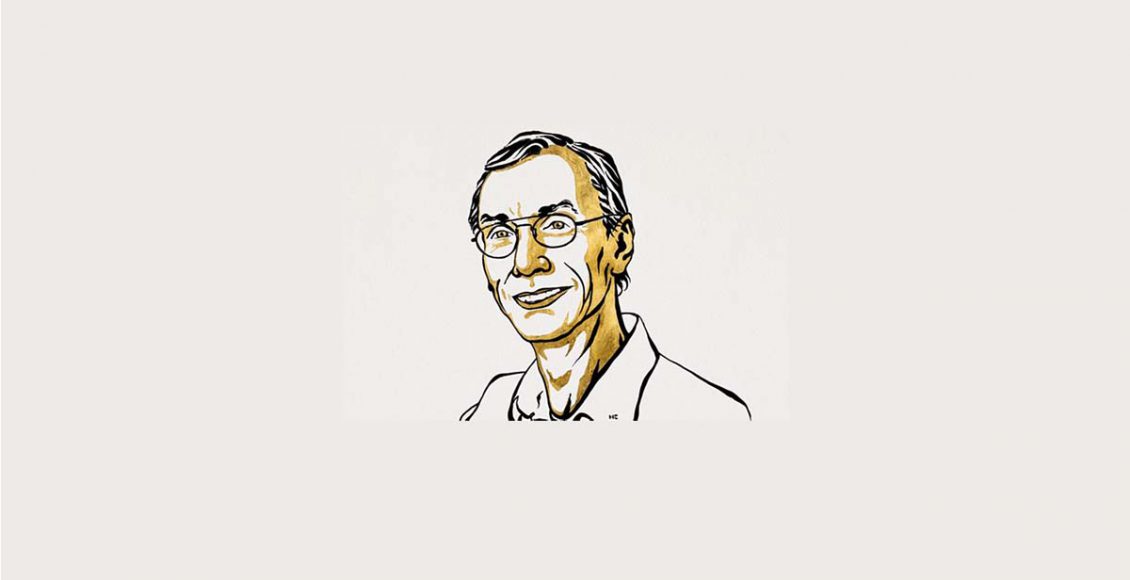The 2022 Nobel Prize in Medicine – Discoveries of Dr. Svante Pääbo
Srinivas Patnaik
Discoveries of Dr. Svante Pääbo – build a new approach to evolutionary genetic
Dr. Svante Pääbo, a Swedish scientist who pioneered paleogenomics, the study of genes in extinct organisms, was awarded the Nobel prize in Physiology or Medicine in 2022. Dr. Pääbo’s research led to the sequencing of the genomes of Neanderthals and a better understanding of extinct hominins. His early career included work on mummies, and the extraction of DNA from an Egyptian mummy showed that the DNA had been chemically modified and extensively degraded1. Furthermore, the analysis of genomic DNA from another mummy of the same year found that the Alu repeat sequence had 77% similarity to the Alu consensus sequence of modern humans2. The idea of studying the mitochondrial DNA (mtDNA) of Neanderthals to uncover the link between these extinct hominins and modern humans later sparked his interest. Neanderthals, the ancient forms of humans found in the fossil record of Europe and western Asia around 400k years ago, spread into Europe and Asia before their disappearance ~40k years ago and must have transferred genes by mixing with modern humans. Dr. Pääbo described the large-scale mtDNA sequencing of Vi-80 Neanderthal bone discovered from Vindija cave, Croatia, however, Neanderthals contributed little to no mtDNA to present-day humans. Since mtDNA is inherited only through maternal lineage, it has been replaced during evolution. Hence to understand the genetic relationship of Neanderthals’ with modern human nuclear DNA was sequenced by pyrosequencing and a total of 254,933 unique sequences from Vi-80 bone were recovered which were then aligned to human, chimpanzee and mouse genome sequences to understand the evolution of modern human3. After the Neanderthal genome was completely mapped in 2010, initial findings suggested that 2% of the existing human DNA outside of Africa came from Neanderthals or their ancestors3,4.
Further, a DNA analysis of a tiny bone found in the Denisova cave in Siberia indicated a non-Neanderthal origin and named it Denisovan5. Surprisingly, it was found that Denisovans are quite evolutionarily related to modern humans because of their mixing with Africans. Neanderthals and Denisovans are extinct, but their genomes have been transferred into modern humans, resulting in the occurrence of different kinds of genetic variations and diseases in us. Several functional genes are derived from ancient humans, such as those involved in antigen-antibody interactions that either protect us from viral infection or cause an allergic reaction. Similarly, variants of the gene SLC16A11 found in Neanderthals can lead to Type-2 diabetes, the cluster of genes on chromosome 3 has been associated with high risk for SARS-CoV-2 infection in humans6, and many more genes of ancient hominin origin are reported to be associated with several diseases. In contrast, the EPAS1 gene of Denisovan origin can give Tibetans a better chance of surviving at high altitude. Interestingly, genetic variations unique to modern humans that evolved during the divergence from the extinct lineage can help us to gain insights on the modern human evolution. The unique modern human proteins KIF18a and KNL1 contribute to fewer chromosome segregations and longer metaphases during development of the neocortex. Further study showed that the TKTL1 gene, which is expressed in neural progenitor cells and is responsible for neural development, differs from Neanderthals and most other mammals by a single amino acid change: lysine to arginine7. These studies showed us how modern humans are more advanced than their ancient forms.
Bibliography
- Pääbo, S., 1985. Preservation of DNA in ancient Egyptian mummies. Journal of Archaeological Science, 12(6), pp.411-417.
- Pääbo, S., 1985. Molecular cloning of ancient Egyptian mummy DNA. nature, 314(6012), pp.644-645.
- Green, R.E., Krause, J., Ptak, S.E., Briggs, A.W., Ronan, M.T., Simons, J.F., Du, L., Egholm, M., Rothberg, J.M., Paunovic, M. and Pääbo, S., 2006. Analysis of one million base pairs of Neanderthal DNA. Nature, 444(7117), pp.330-336.
- Green, R.E., Krause, J., Briggs, A.W., Maricic, T., Stenzel, U., Kircher, M., Patterson, N., Li, H., Zhai, W., Fritz, M.H.Y. and Hansen, N.F., 2010. A draft sequence of the Neandertal genome. science, 328(5979), pp.710-722.
- Krause, J., Fu, Q., Good, J.M., Viola, B., Shunkov, M.V., Derevianko, A.P. and Pääbo, S., 2010. The complete mitochondrial DNA genome of an unknown hominin from southern Siberia. Nature, 464(7290), pp.894-897.
- Zeberg, H. and Pääbo, S., 2020. The major genetic risk factor for severe COVID-19 is inherited from Neanderthals. Nature, 587(7835), pp.610-612.
- Pinson, A., Xing, L., Namba, T., Kalebic, N., Peters, J., Oegema, C.E., Traikov, S., Reppe, K., Riesenberg, S., Maricic, T. and Derihaci, R., 2022. Human TKTL1 implies greater neurogenesis in frontal neocortex of modern humans than Neanderthals. Science, 377(6611), p.eabl6422.


